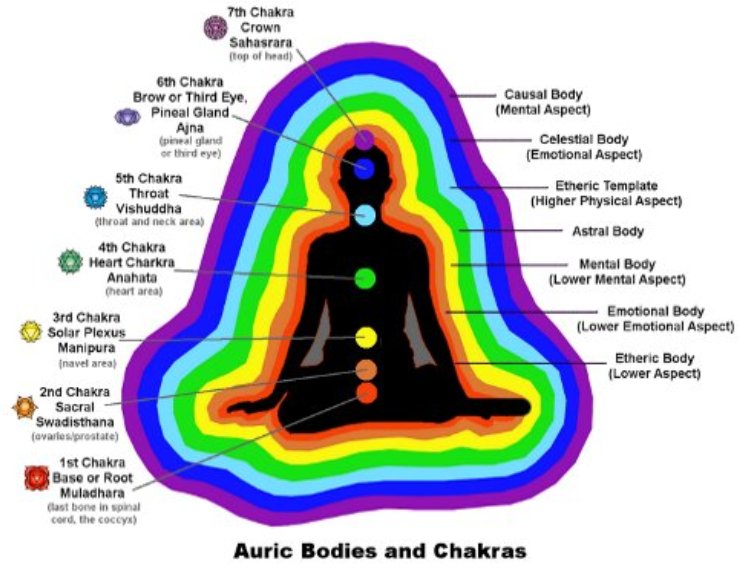The Significance of Namaste or Namaskara in Information Security
The “divine in me honours the divine in you”.
- Personal Branding – Namaste or Namaskara has become my personal branding.
- Information Security – No one will be able to capture fingerprints of palmprints.
- Indian Cultural Heritage – The origin of Namaste or Namaskara.
- Spirituality – Respecting the other person’s aura – Aura is an 8-dimensional energy field.
These are the top four reasons why the founder has ensured that the Namaste is OM®’s integral corporate culture.

A short video about the significance of Namaste in Information Security
Whenever we greet people whom we meet with Namaste or Namaskara an optimum distance of two foot is kept without interfering anyone’s personal zone.
With the advent of the Biometrics Authentication including the Apple’s Touch ID and India’s Digital ID Card – Aadhar for all Indian Citizens; it becomes imperative to protect the fingerprints and palmprints. Namaste is a proactive security measure where we are not letting anyone capture the fingerprints those who practise it.
Namaste has no physical touch involved with the other person while greeting.
Defence-in-depth (DiD)
If you have been wondering where is the Defence-in-depth concept came from then look no further than to look within.
The pictorial diagram represents the 7 chakras and the corresponding colours that emit or the vibes or the auras. These 7 Chakras form the human Defence-in-depth. The eight Chakra is the infinite wisdom, those who follow religious customs call it God and those who have agnostic views call it omnipresent and infinite wisdom of pure energy.

Average comfort levels of personal space distance in the U.S.:
- Approximately 0 to 20 inches for intimate couples
- Approximately 1-1/2 feet to 3 feet for good friends and family members
- Approximately 3 feet to 10 feet for casual acquaintances and coworkers
- More than 4 feet for strangers
- More than 12 feet for speaking to a large group
Now, Namaste is present since times immemorial where people from Bharat (the traditional Indians) were much aware of this concept that correlates to a healthy conversational space in the Quantum Computing era. We can greet people Namaste by standing 4 foot away however, it is not feasible to stand 4 foot away and give a handshake.
Japanese Greeting. In Japan, people greet each other by bowing. A bow can range from a small nod of the head to a deep bend at the waist. A deeper, longer bow conveys respect and alternatively, a small nod with the head is casual and informal.
More affluent people tend to require more space, and dignitaries, VIPs and royalty hire people to make sure that people do not invade their personal space.
Excerpts from https://www.yogapedia.com/definition/6415/anjali-mudra
Anjali mudra, one of the hand gestures of yoga, is a common way of greeting in most Asian countries. Yoga also uses Anjali mudra as it is associated with spirituality and aids in meditation.
Anjali is a Sanskrit word which means “salutation” or “to offer,” and mudra means “seal” or “gesture.” Therefore, Anjali mudra translates as “salutation seal” in English.
To begin, the yogi enters sukhasana or easy pose. Bringing the hands together, the palms are placed gently against one another in front of the Anahata (heart) chakra. The fingers point upward. The spine is lengthened while sitting comfortably straight. Bringing the hands together in such a way while saying “Namaste” is a respectful greeting. In the yoga community, classes often conclude with this mudra while chanting Om as a way to seal the practice and honour one’s self and fellow yogis.
Yogapedia explains Anjali Mudra
Apart from sukhasana, Anjali mudra is also used in poses including tadasana and vrksasana. The hand gesture is also assumed while beginning a Sun Salutation.
Placing the hands and palms in a particular way, as in a mudra, regulates the flow of energy and redirects it to a particular area of the body, depending on the mudra assumed.
Practising Anjali mudra promotes flexibility in the wrists and arm joints. It also stimulates the Anahata chakra. The mental health benefits include:
- Improves focus during meditation
- Promotes mindfulness and inner awareness
- Calms the mind
- Relieves stress
- Connects the brain’s right and left hemispheres
Namaste
Namaste is derived from the Sanskrit nama, meaning “bow,” and te, intending “to you.” A traditional greeting and valediction in the Hindu culture, namaste literally means, “I bow to you.”
On a more heartfelt level, namaste signifies one soul recognizing and honouring the holiness of another. The salutation is often offered by yoga instructors at the beginning or conclusion of a class. In this sense, namaste is invoked to acknowledge the spiritual connection, or oneness, achieved by souls experiencing the practice of yoga together.
Yogapedia explains Namaste
The significance of the word namaste goes far ahead of its use as an expression of greeting; Namaste is an affirmation that we are all divine and that we are all eventually correlated.
The salutation is used with intellectual purpose and, in the discipline of yoga, is often co-occurred by the mudra, or gesture, like firmly holding the palms of the hands unitedly in front of the heart chakra. The chakra, the source of energy, of the heart is where divine love endures and personal ego leaves; invoking the heart in this way farther purports an opening of one’s holy soul to the holiness of another’s.
While Namaste may be told at the beginning or end of a yoga class, its gesture may also be appropriated with certain yoga poses such as mountain pose, tree pose and sun greeting. By consolidating this mudra, the yoga practitioner can foster his/her awareness of the essence of namaste during their physical practice and be reminded of the oneness, the enlightenment, that is the ultimate intention of the practice.
Hand-shaking can spread viruses like the cold or flu, parasites like scabies, and bacteria such as Staphylococcus so on and so forth. Someone who has a cold could wipe their dripping nose, leaving mucus teeming with rhinovirus on another person’s hand. When you shake hands with them and then touch your eye, you can catch that infection. Are you Still eager to shake hands?
One surefire way to prevent the spread of disease, including through handshakes, is to wash your hands with warm water and soap on a regular basis. However, many people simply don’t bother: In one observational study, only two-thirds of men washed their hands after using a public restroom. Which might make you ask yourself: Do I actually want to shake hands with the next stranger I meet?
Source: https://www.dw.com/en/after-reading-this-youll-never-shake-hands-again/g-17925709
‘No offence, it just makes sense!’
A recent study proposed banning handshakes from healthcare settings altogether. Hospitals could be made into handshake-free zones, for example. As more people come to understand the link between the handshake and the spread of disease, the “anti-handshake” movement even seems to be gaining momentum. But what could replace the glorious gesture?
Note: Please be informed that we respect every culture. However, we are very firm on ensuring we follow our Cyber Security culture. We strongly believe that Namaste or Namaskara will be seen as an integral Information Security Culture in the future by other companies in other countries as well. If not Namaste then similar values are envisioned.
Scientific evidence
Excerpts from Wikipedia – https://en.wikipedia.org/wiki/Kirlian_photography
“Kirlian believed that images created by Kirlian photography might represent a conjectural energy field, or aura, thought, by some, to encompass living things. Kirlian and his wife were assured that their photographs showed a life force or energy field that speculated the physical and emotional states of their living subjects. They imagined that these images could be used to diagnose illnesses. In 1961, they published their first article on the subject in the Russian Journal of Scientific and Applied Photography. Kirlian’s claims were encompassed by energy treatments therapists.”
Even Quantum Physics has already proved that the auras and consciousness are really what has been believed in Vedas is true.
Vedas from Sanskrit means ‘Wisdom’ and Science derived Scientia from Latin means to know.
It is time for Security by Consciousness taking the next step of Security by Design and Privacy by Design.






